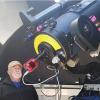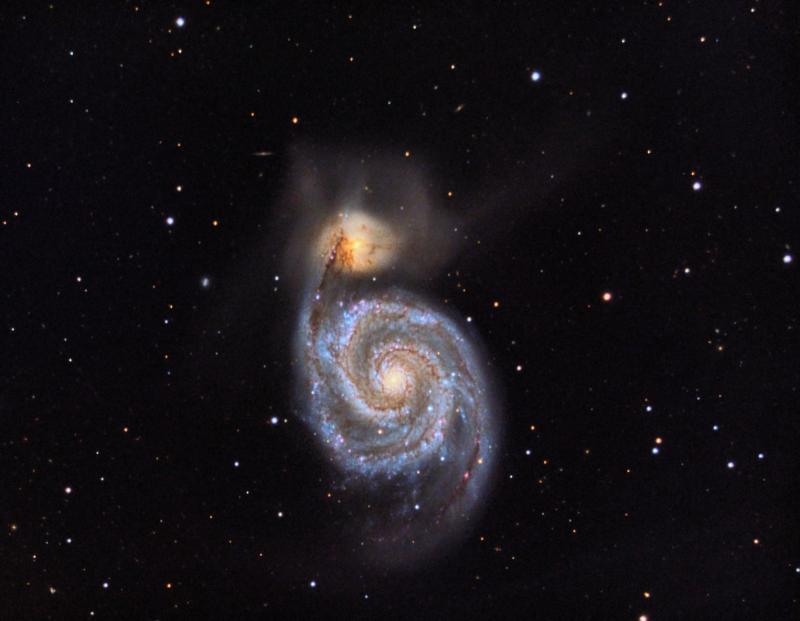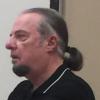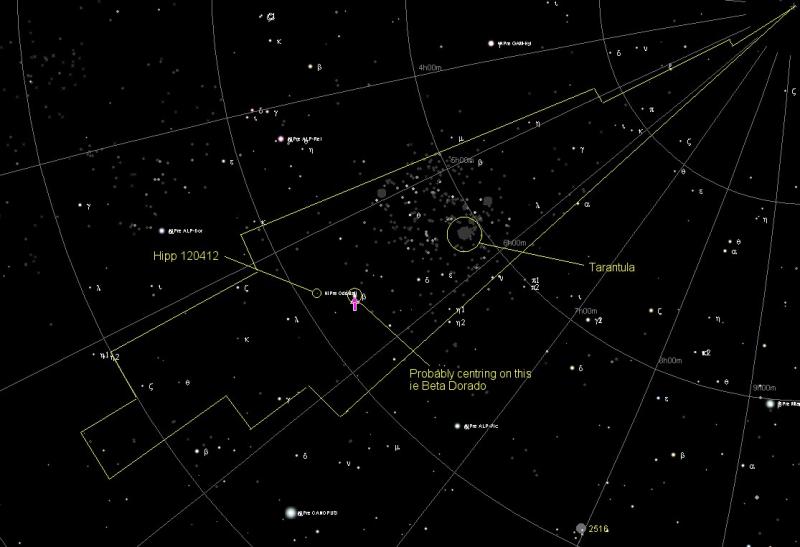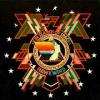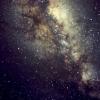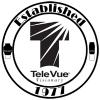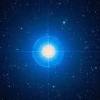I have a 15 year old Celestron 11" NexStar GPS, and frankly it is starting to show it's age. I am starting to consider replacing it with something in the same aperture range, so the Meade LX600 10" and 12" seem like logical scopes to look at. (I realize that despite the similar apertures the LX600's are much heavier than the 11" GPS.) I enjoy doing EAA, so the self guiding ability of the LX600 would make that a snap.
I have seen that the LX600 had some teething issues. Have they been overcome? Does the tracking work as advertised now? I could of course replace the C11 with a new C11 CPC and save $1000+, but the auto-guiding of the LX600 intrigues me.





